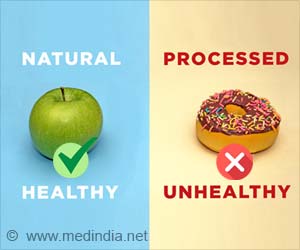According to a new research, most of the world's hunger doesn't occur in conflicts or natural disasters but is actually driven by seasonal cycle.
The 'hunger season' is the time of year when the previous year's harvest stocks have dwindled, food prices are high, and jobs are scarce, and is often under recognized.According to the researchers, presently nearly six hundred million people are either members of small farm households or landless rural laborers.
They say that many of these people live in areas where water or temperature constraints allow only one crop harvest per year.
Their poverty is driven by seasonal cycles, worsening especially in the preharvest months.
In the "hunger season", household food stocks from the last harvest begin to end; while low production levels, inadequate storage facilities, and accumulated debt all of them force families to sell or consume their agricultural production well before the new harvest.
While writing in journal PLoS Medicine, the authors stressed that proven interventions to alleviate seasonal hunger are known, but they often operate on a small scale and in isolation.
Advertisement
"Global scale-up of a basic "minimum essential" intervention package against seasonal hunger would cost around 0.1pct of global GDP and save millions of lives, while protecting millions more from severe illness," they argue.
Advertisement
ARU











